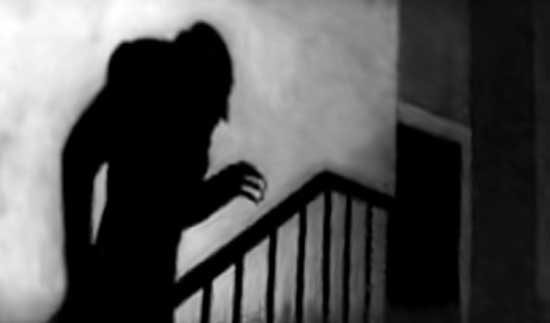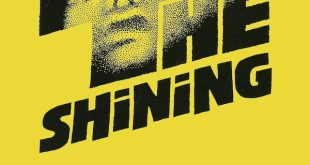Suspense is one of the main elements that makes a horror narrative. Be it a movie, a game, a written story or any other product, suspense is an absolute key element.
It helps build tension and makes ground for the consumer’s feelings to materialize. It’s because of suspense that we start feeling anxiety, fear and the impending doom.
But why does it work so well in these stories? And how do the creators make us feel the way we do? How does suspense work?
Why Suspense Is So Important
Horror stories come in all shapes and sizes, on all kinds of platforms. There are horror movies, short films, books, video games and even casino software (which you can read more about at Slotsify).
In all of these types of stories, suspense plays a critical role. Of course, it looks different in literary works and media, but it’s there nonetheless.
This element is so important in creating horror or even terror that it’s virtually impossible to do without. At least, it certainly can’t be done effectively without some suspense to build up tension.
How it All Works
A lot is left untold in horror stories and many details are hidden until it’s too late. The moment of revelation is also the moment when all suspense is released and something horrible happens.
The main function of suspense is to make us realise that something is going to happen before it does, though. That’s when our imagination starts running wild, creating possible scenarios and feeding into our own fears.
A sense of uncertainty has to be left there to make us doubt, though. Maybe the ancient evil is sleeping after all? Maybe the characters are safe? Many storytellers like to play with us this way.
They’ll prove us wrong several times, revealing no horror where we expect it. That doesn’t make us feel better, though. On the contrary, we become even more concerned then, realising that – if the danger wasn’t there – it’s somewhere else, where we don’t expect it.
How Is Suspense Created?
While our own imagination creates our fear, horror stories use various strategies to boost our uncertainty. Suspense is created in many different ways in cinema, literature and visual art. This includes:
- Sounds, Camera Angles, Images, Menacing Details, Pacing, Viewpoint, et cetera
- Various tropes we identify as “horror” elements
- When the characters are unaware of the danger they’re in, but we are
The last point isn’t necessary, but it’s been proven more than once by scientists that this kind of “vicarious” suspense is the most effective in making us scared.
It seems, thus, that unknown danger is the most powerful. When the story proves us wrong and reveals no danger where we expected it, we freak out. It’s like knowing there’s a big spider in your house, but you don’t know where it went.
The same applies to stories where the character doesn’t know that something’s about to happen. However, you know, so you can start empathising with them and fearing for them.
So, if you ever find some horror narrative too scary, try to remember that there’s probably suspense in play. It won’t make you less jumpy, but it can help you control your anxiety a bit.
 Horror News | HNN Official Site | Horror Movies,Trailers, Reviews
Horror News | HNN Official Site | Horror Movies,Trailers, Reviews






